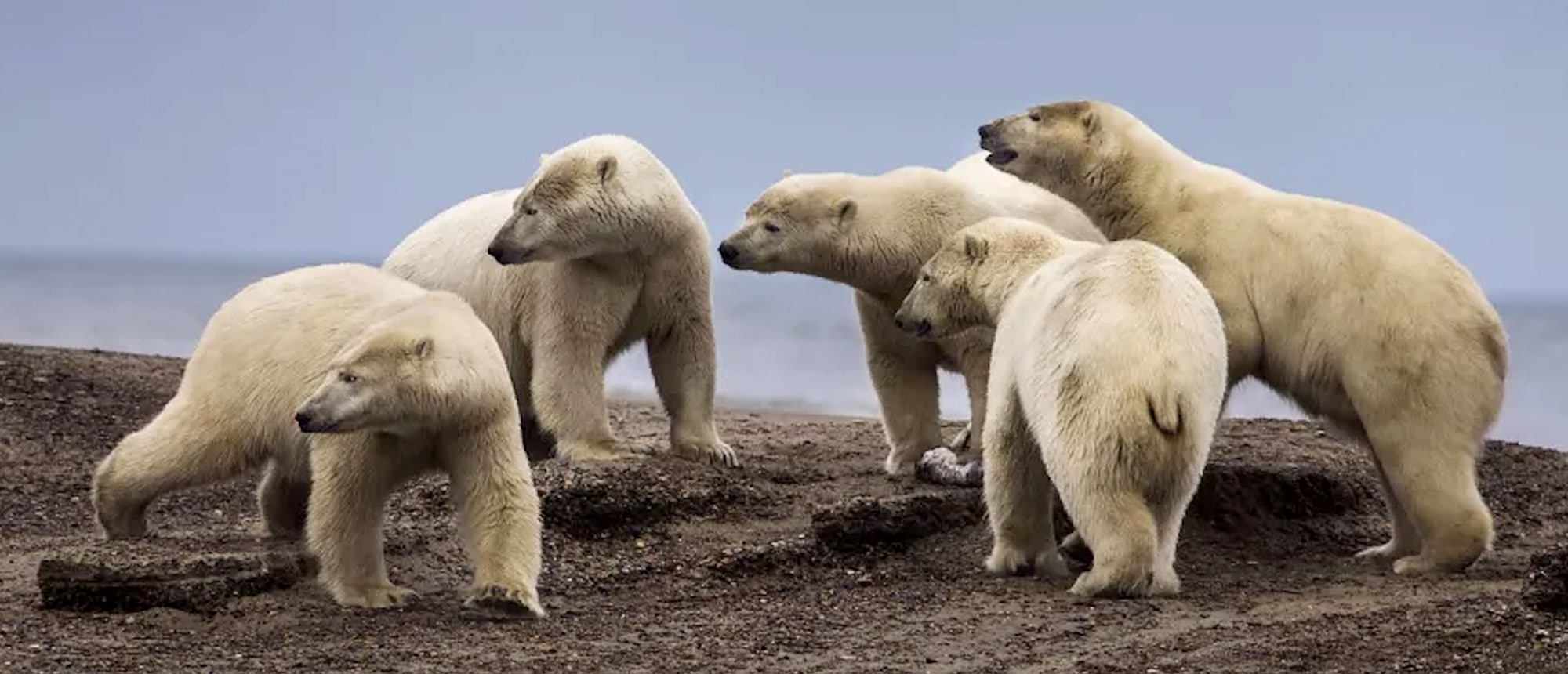Just Say ‘No’ To Arctic Refuge Drilling
The high Arctic is almost unbearably beautiful. The plains that turn tawny gold and rust red come autumn, the flat tundra that rises sharply into icy peaks, the vast herds of caribou. For decades these images have been enough to protect the Arctic National Wildlife Refuge from oil drilling — it is, after all, a wildlife refuge, and people who’ve never been there can nonetheless deduce simply from that name that it is no place for oil rigs.
But we are in a season of wreckage right now in Washington, and so there is real risk that the budget now under consideration will allow oilmen into that refuge. In fact, the final decision may come down to a small group of House Republicans who have announced that they’re interested in “climate solutions.” With the heroic help of the Citizens Climate Lobby, which turns 10 this fall, 60 members of Congress — 30 from each party — have been persuaded to join a caucus that aims “to educate members on economically viable options to reduce climate risk and protect our nation’s economy.”
If they take that mandate seriously, saying “no” to Arctic Refuge drilling should be the ultimate no-brainer. For one thing, it’s not going to make the government any money. Proponents have been claiming that there’s $1.8 billion, with a “B,” in it for the government; a new analysis puts revenues closer to $37.5 million, with an “M.” And that, of course, is the revenue before you count up the losses.
Which would be enormous. The refuge is not only a beautiful, wild, serene place, it is a safe storage container for something very dangerous. That something very dangerous is the carbon that the oil will produce if it’s ever burned. The possible 7.7 billion recoverable barrels of oil the refuge may contain, if piped down to civilization, would release carbon equivalent to opening 820 new coal-fired power plants and running them for a year, which is something even our coal-crazed president has not proposed. It would be like putting 23 million new cars on the road and operating them for the next three decades. This is precisely the opposite of what politicians who say they’re interested in “climate solutions” should be doing, as absurd as solving the opioid epidemic by building a pipeline to carry millions of pills an hour into rural America.
There’s no great mystery about the price that our climate negligence carries, and there’s no argument that we’re insulated from it here in North America. We’ve watched Harvey, Irma and Maria slam into our shores in recent weeks, and economists say that beyond the lives lost and the homes ruined, the cost will run into the hundreds of billions of dollars. California’s wildfires aren’t even out yet, but the recovery work could well be the most expensive in modern world history.
“The Arctic Refuge is not only a beautiful, wild, serene place, it is a safe storage container for something very dangerous.”
Some cynics have suggested that the Climate Solutions Caucus is just a convenient way for vulnerable Republicans to signal their concern about climate change to interested voters without actually, you know, solving anything. And in truth, there’s reason for skepticism. The caucus includes members such as Rep. Barbara Comstock of Virginia, who has a 3% lifetime voting record from the League of Conservation Voters. In the last few months, she’s voted to eliminate the Stream Protection Rule against coal ash pollution of drinking water, to allow offshore oil drilling along the Atlantic Seaboard and even to overturn U.S. Fish and Wildlife protection for Alaska’s bears and wolves.
But people can change — I have no doubt that the valiant folks who set up the Climate Solutions Caucus will be working hard with people such as Comstock to help them understand.
Because some climate solutions are not actually that complicated. Basically we need to keep coal and oil and gas in the ground. Right now the Arctic National Wildlife Refuge is performing that job admirably, and all Congress needs to do is leave it alone. What could be simpler?

